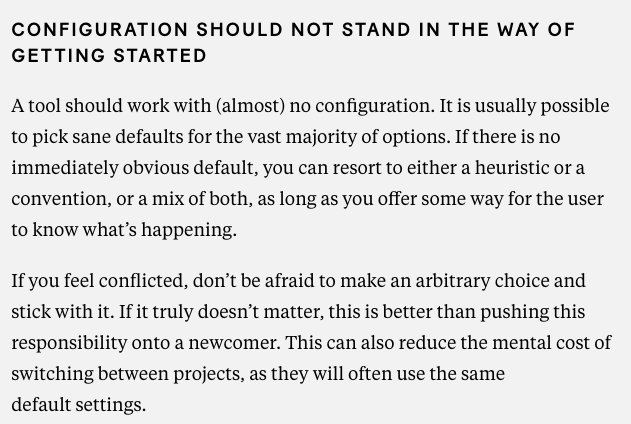good tools hide complexity
February 04, 2019 • 1 min read
Good tools hide complexity until the complexity is necessary to the user’s needs. I call it “just-in-time exposure” (a corollary to “just-in-time learning”).
Google Maps is an example of hiding complexity. If you want to get directions, you can input a destination location. Most users stop there, and the view isn’t cluttered by other features. But if you dig deeper into Google Maps you can explore street view, look at restaurants and cafes, see historical landmarks, etc.
Another way to hide complexity is by setting defaults. The average user is a satisficer when it comes to your tool; They just want it to work.
